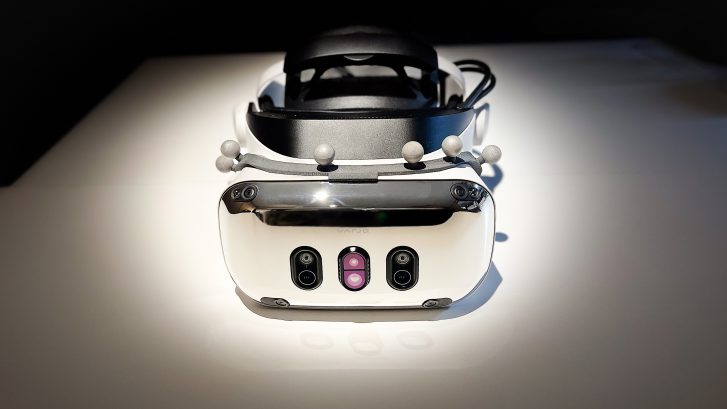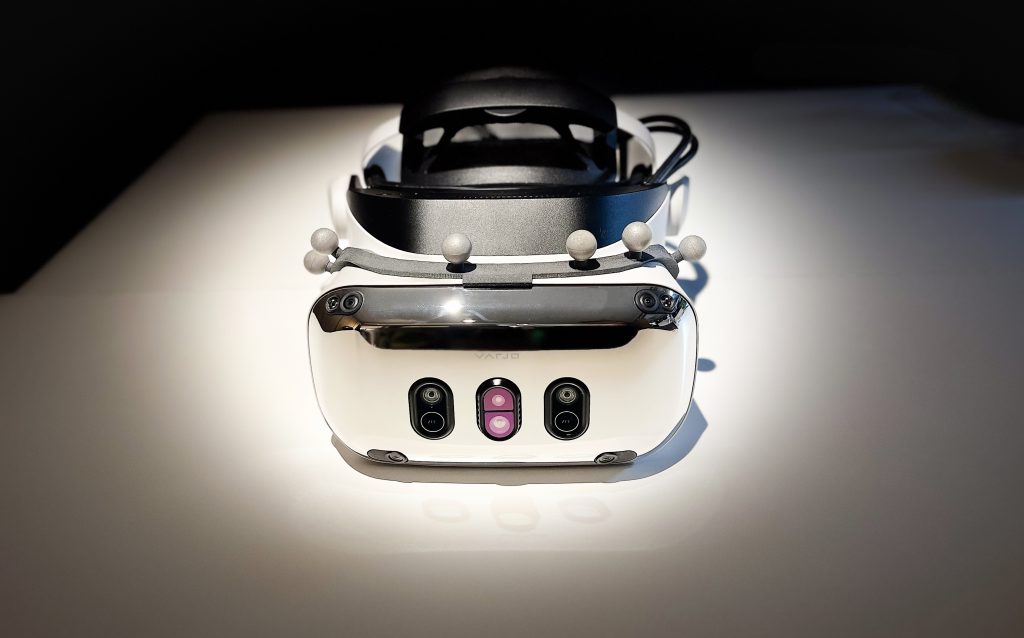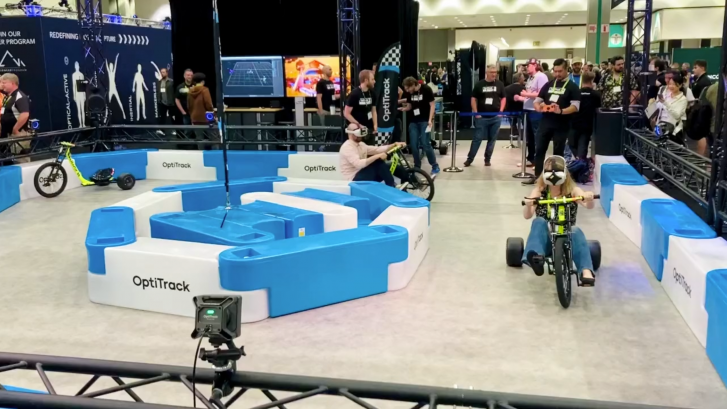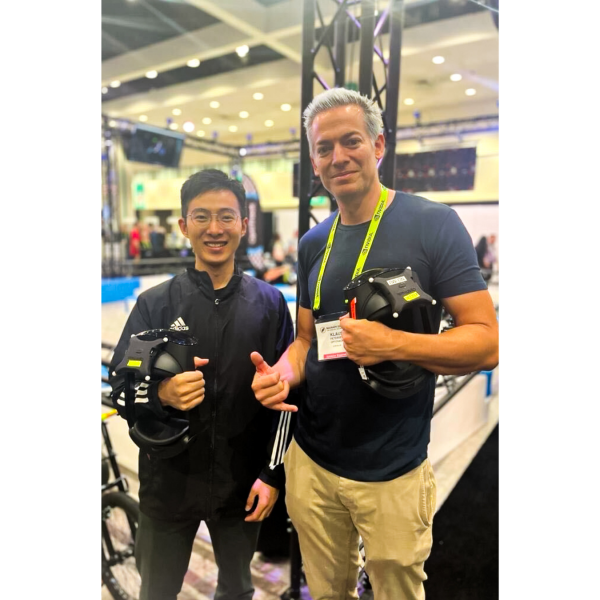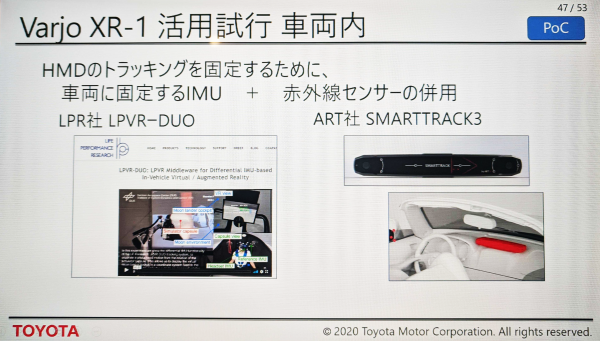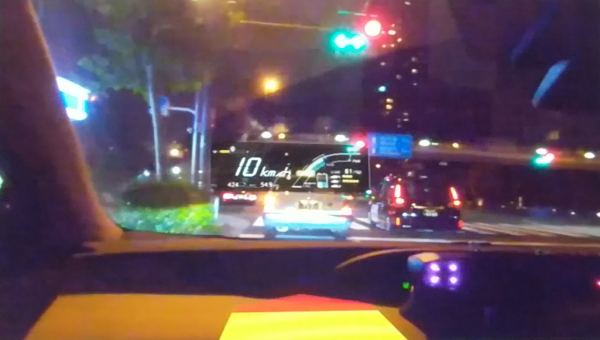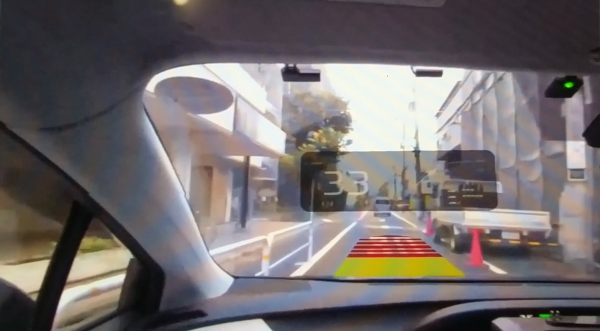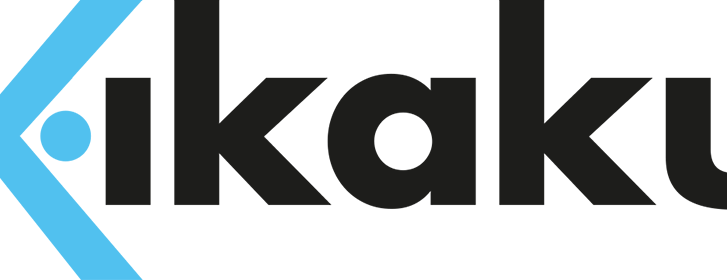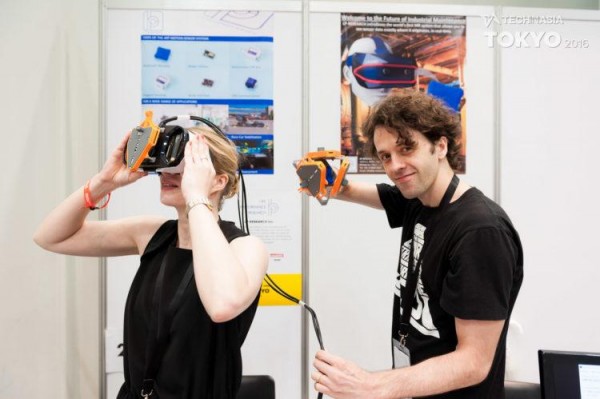LPVR Support for Varjo XR-4
Varjo Releases Mixed Reality Headset XR-4
A leap forward in XR comes from our partners at Varjo, who have been pushing what is possible in VR and AR for the past few years.
Today, they announced their new flagship headset, the XR-4! We have worked with them to ensure that our LPVR software series is ready for it from the start.
The XR-4 features unmatched visual fidelity not only of VR content (expanded to a field-of-view of 120×105 deg), but also of mixed-reality video pass-through, reaching a pixel density of 51ppd in the central viewing area. Light sensors further improve the quality of immersion by adjusting the image display to external lighting conditions.
LPVR Support is Ready
All this is great, but what is a headset without a world to immerse in? What is a VR racetrack without feeling the real motions of the car? Varjo clearly understood and prepared, so they collaborated with us to get LPVR ready for the launch of the XR-4.
We have everything prepared for you!
- Use your existing camera systems and props to augment the virtual world.
- Use the industrial-grade precision of ART, OptiTrack, and Vicon tracking systems with the Varjo XR-4 and our custom marker holders.
- Integrate the HMD with your race-car simulator or fighter jet platform.
- Do all of this with the XR-4. LPVR-CAD, and LPVR-DUO will make sure that you are tracked perfectly.
We offer full solutions of state-of-the-art tracking systems and content using the Varjo XR-4. Contact us for more information.

